Chest chondritis. Costochondritis: Understanding Chest Pain Caused by Rib Cartilage Inflammation
What are the symptoms of costochondritis. How is costochondritis diagnosed. What causes costochondritis. How is costochondritis treated. Can COVID-19 cause costochondritis. Is costochondritis a serious condition. How long does costochondritis typically last.
What is Costochondritis and How Does it Affect the Body?
Costochondritis is a condition characterized by inflammation of the cartilage that connects the ribs to the breastbone (sternum). This inflammation can cause significant chest pain and tenderness, often mimicking the symptoms of more serious conditions like heart attacks. While costochondritis is generally harmless and self-limiting, its symptoms can be alarming and cause considerable anxiety for those experiencing them.
The condition primarily affects the costal cartilages, which are the elastic connective tissues that join the ribs to the sternum. When these cartilages become inflamed, it can lead to sharp, aching, or pressure-like pain in the chest area. Costochondritis most commonly affects the upper ribs, particularly on the left side of the chest, though it can occur on both sides simultaneously.

Key Facts About Costochondritis:
- It is more common in females than males
- Adolescents and young adults are more frequently affected
- The condition usually resolves within 1-3 weeks without treatment
- It can be associated with certain underlying conditions or respiratory infections
Recognizing the Symptoms of Costochondritis
The primary symptom of costochondritis is chest pain, which can vary in intensity and character. Understanding these symptoms is crucial for proper diagnosis and management of the condition.
Common Symptoms of Costochondritis Include:
- Sharp or aching pain in the chest, typically on the left side
- Tenderness when pressing on the affected area
- Pain that worsens with movement, deep breathing, or coughing
- Discomfort that may radiate to the back, abdomen, arm, or shoulder
- Pain that decreases with rest and quiet breathing
Is the pain from costochondritis constant? The pain associated with costochondritis can vary in intensity and duration. While some individuals may experience constant discomfort, others might only feel pain during certain activities or movements. The pain typically intensifies when pressure is applied to the affected area or during deep breathing and physical exertion.

Causes and Risk Factors for Developing Costochondritis
While the exact cause of costochondritis is often unclear, several factors may contribute to its development. Understanding these potential triggers can help in prevention and management of the condition.
Possible Causes of Costochondritis:
- Physical strain or injury to the chest wall
- Severe coughing or respiratory infections
- Unusual physical activities or overexertion
- Underlying medical conditions (e.g., fibromyalgia, lupus, ankylosing spondylitis)
- Viral or bacterial infections, including COVID-19
Can stress cause costochondritis? While stress itself may not directly cause costochondritis, it can exacerbate symptoms or make individuals more aware of chest discomfort. Additionally, stress-related behaviors like poor posture or tension in the chest muscles may contribute to the development or persistence of costochondritis symptoms.
Diagnosing Costochondritis: What to Expect During a Medical Evaluation
Diagnosing costochondritis typically involves a combination of physical examination and patient history. However, because its symptoms can mimic those of more serious conditions, additional tests may be necessary to rule out other potential causes of chest pain.
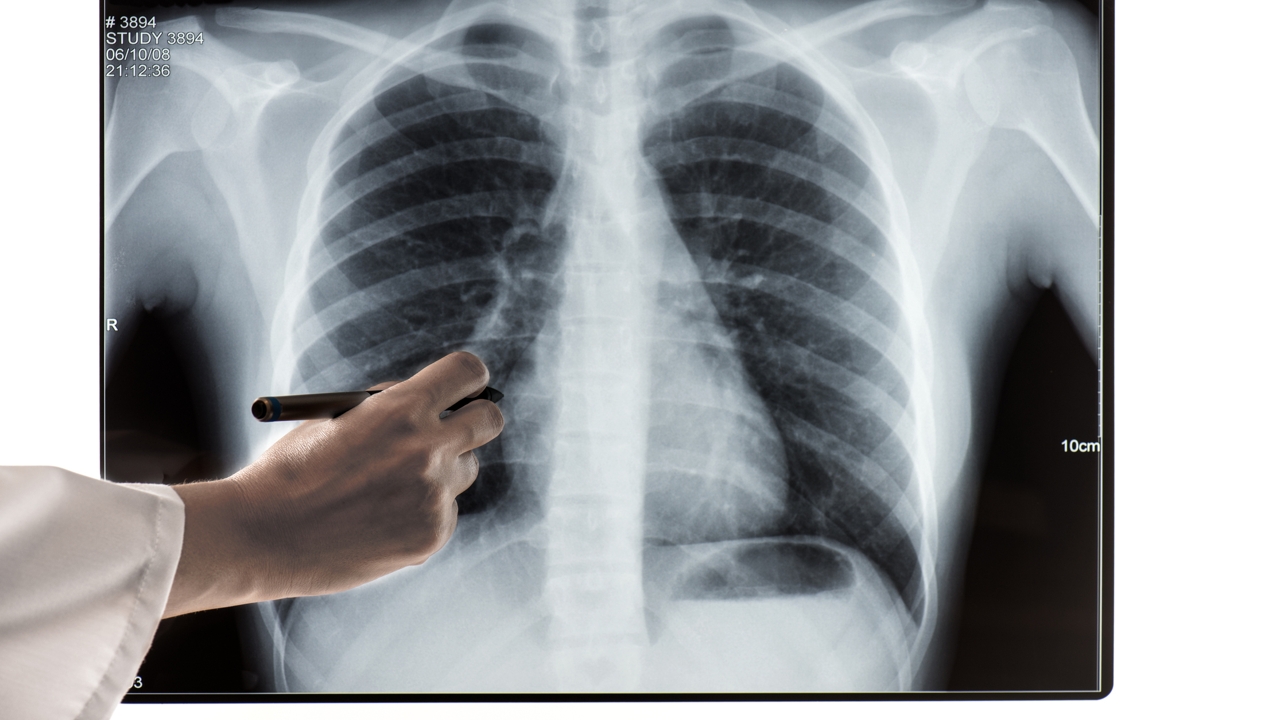
Diagnostic Process for Costochondritis:
- Physical examination: The doctor will assess chest tenderness and pain reproduction upon pressing the affected area.
- Medical history review: Discussion of symptoms, recent activities, and any underlying health conditions.
- Chest X-ray: To rule out other potential causes of chest pain.
- Electrocardiogram (ECG): To assess heart function and rule out cardiac issues.
- Blood tests: To check for signs of inflammation or other underlying conditions.
How is costochondritis diagnosed definitively? While there is no specific test for costochondritis, the condition is typically diagnosed based on the characteristic symptoms and physical examination findings. The ability to reproduce the pain by applying pressure to the affected area is a key diagnostic feature. Other tests are primarily used to exclude more serious conditions rather than to confirm costochondritis directly.
Treatment Options and Management Strategies for Costochondritis
The treatment of costochondritis primarily focuses on managing pain and reducing inflammation. In many cases, the condition resolves on its own within a few weeks. However, several interventions can help alleviate symptoms and promote faster recovery.

Common Treatment Approaches for Costochondritis:
- Rest and activity modification
- Over-the-counter pain relievers (e.g., ibuprofen, naproxen)
- Application of ice or heat packs to the affected area
- Gentle stretching exercises for the chest muscles
- Topical anti-inflammatory creams or gels
In cases of severe or persistent pain, additional treatments may be considered:
- Corticosteroid injections to reduce inflammation
- Prescription pain medications
- Physical therapy to improve posture and chest flexibility
- In rare cases, surgery to remove inflamed cartilage
How long does it take for costochondritis to heal with treatment? The recovery time for costochondritis can vary depending on the individual and the severity of the condition. While many cases resolve within a few weeks with conservative treatment, some individuals may experience symptoms for several months. Consistent adherence to treatment recommendations and lifestyle modifications can help expedite the healing process.
The Link Between COVID-19 and Costochondritis
The COVID-19 pandemic has brought attention to various respiratory and inflammatory conditions, including costochondritis. While the direct relationship between COVID-19 and costochondritis is still being studied, there are several potential connections worth exploring.

Possible Mechanisms Linking COVID-19 and Costochondritis:
- Viral-induced inflammation: COVID-19 can cause widespread inflammation throughout the body, potentially affecting the costal cartilages.
- Excessive coughing: The severe and persistent cough associated with COVID-19 may strain the chest wall, leading to costochondritis.
- Immune system response: The body’s immune reaction to the virus may trigger inflammatory responses in various tissues, including the costal cartilages.
- Post-viral syndrome: Some individuals experience prolonged symptoms after COVID-19, which may include chest pain and inflammation.
Can COVID-19 cause long-term costochondritis? While most cases of costochondritis, including those associated with COVID-19, resolve within a few weeks to months, some individuals may experience recurrent or persistent symptoms. The long-term effects of COVID-19 on the musculoskeletal system, including the potential for chronic costochondritis, are still being studied. Ongoing medical research aims to better understand the relationship between COVID-19 and various inflammatory conditions.
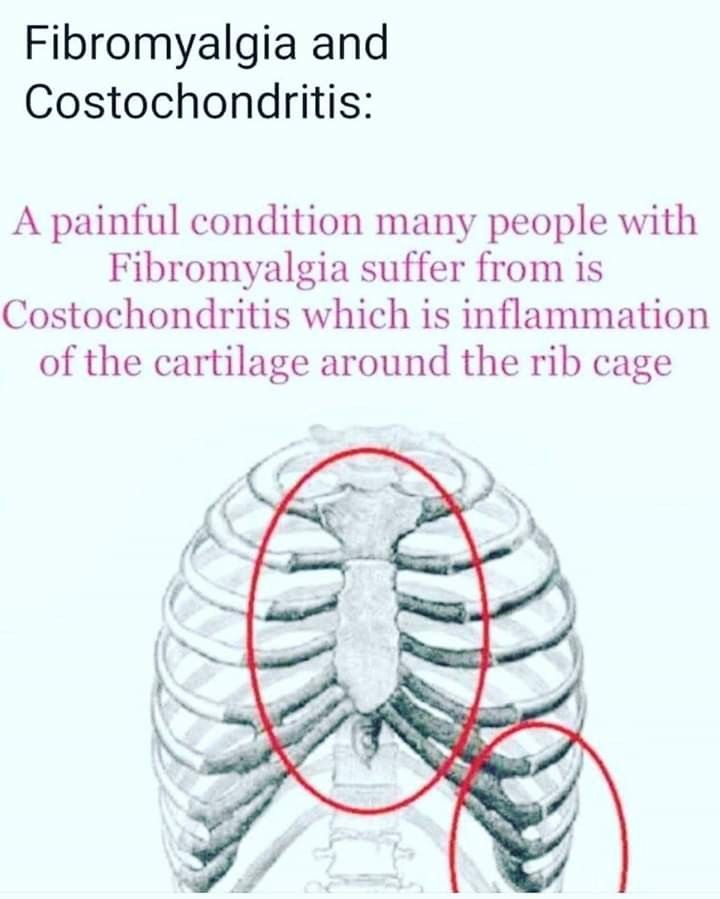
Differentiating Costochondritis from Other Chest Pain Conditions
Given that chest pain can be a symptom of various conditions, some of which may be life-threatening, it’s crucial to differentiate costochondritis from other potential causes. While costochondritis is generally benign, its symptoms can be similar to those of more serious conditions, necessitating careful evaluation.
Key Differences Between Costochondritis and Other Chest Pain Conditions:
- Location: Costochondritis pain is typically localized to the chest wall and can be reproduced by pressing on the affected area.
- Pain characteristics: The pain is often sharp or aching and worsens with movement or deep breathing.
- Associated symptoms: Costochondritis usually doesn’t cause shortness of breath, nausea, or sweating, which are common in heart attacks.
- Duration: Symptoms of costochondritis can last for weeks, unlike the more acute onset of cardiac events.
- Response to medication: Anti-inflammatory drugs often provide relief for costochondritis, which is not typically the case for cardiac-related chest pain.
How can you tell if chest pain is costochondritis or something more serious? While the characteristics mentioned above can help distinguish costochondritis from other conditions, it’s important to seek immediate medical attention for any new or severe chest pain. A healthcare professional can perform the necessary examinations and tests to rule out more serious causes and provide an accurate diagnosis.
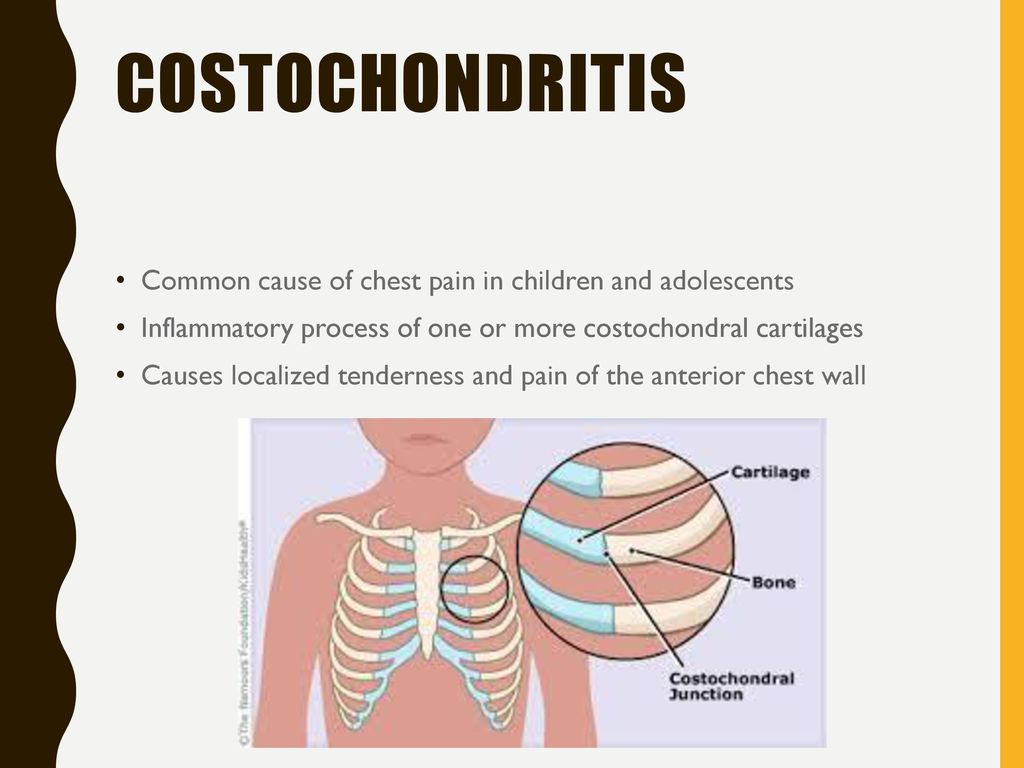
Living with Costochondritis: Lifestyle Modifications and Coping Strategies
While costochondritis is often a temporary condition, its impact on daily life can be significant. Implementing certain lifestyle modifications and coping strategies can help manage symptoms and improve overall quality of life for those affected by this condition.
Practical Tips for Managing Costochondritis:
- Practice good posture to reduce strain on the chest wall
- Use a supportive pillow when sleeping to maintain proper alignment
- Avoid activities that exacerbate pain, such as heavy lifting or intense upper body exercises
- Incorporate gentle stretching and relaxation techniques into your daily routine
- Apply heat or cold therapy as needed to alleviate discomfort
- Wear loose-fitting clothing to minimize pressure on the chest area
- Consider using a transcutaneous electrical nerve stimulation (TENS) unit for pain relief
Can lifestyle changes prevent recurrence of costochondritis? While there’s no guaranteed way to prevent costochondritis, adopting healthy lifestyle habits may reduce the risk of recurrence or minimize symptom severity. Regular low-impact exercise, maintaining a healthy weight, practicing stress-reduction techniques, and avoiding activities that strain the chest wall can all contribute to better management of the condition.
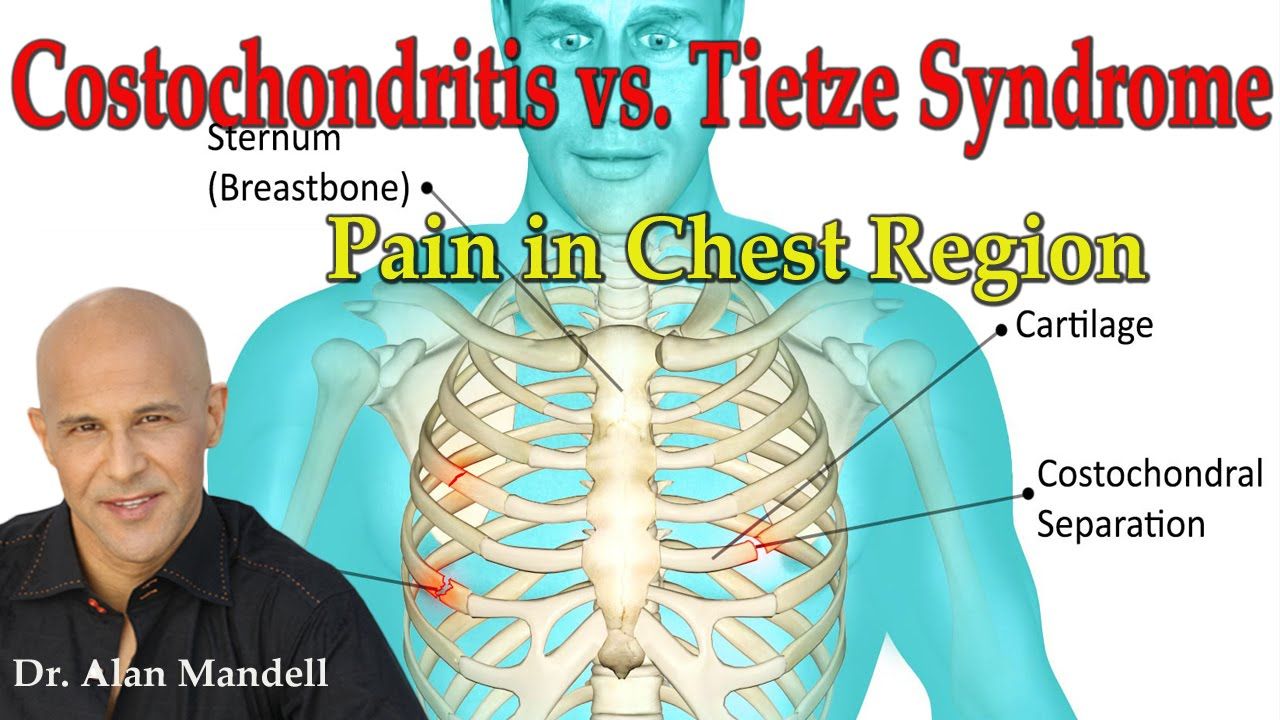
Living with costochondritis may require patience and adaptability. It’s important to communicate openly with healthcare providers about symptoms and concerns, and to seek support from family, friends, or support groups when needed. With proper management and care, most individuals with costochondritis can effectively cope with the condition and maintain a good quality of life.
Costochondritis – symptoms, causes and treatment
Costochondritis is a condition that causes pain in the front of the chest. It is the result of inflammation at the point where the upper ribs attach to the breastbone (sternum).
Costochondritis is a relatively harmless condition that will usually go away without treatment. However, it can cause anxiety as its symptoms may be mistaken for a heart attack. The sudden onset of chest pain should be assessed immediately by emergency services or a doctor.
Causes
There is often no definitive cause for costochondritis. It can be associated with an injury to the rib cage or with unusual physical activity or strain (eg: heavy lifting or severe coughing). Costochondritis can occur after a respiratory illness such as a cold or flu and in people with underlying conditions including fibromyalgia, systemic lupus erythematosus and ankylosing spondylitis.
Costochondritis affects females more often than males, and more commonly occurs in adolescents and young adults.
Symptoms
The main symptoms of costochondritis are pain and tenderness at the junction of the ribs and the breastbone as a result of cartilage tissue between the bones becoming inflamed. The pain increases with movement and deep breathing and decreases with rest and quiet breathing. Pressure placed directly on the affected area will also cause significant pain.
The pain can vary in intensity but is often severe. It may be described as pressure, aching or sharp pain. It is usually located on the front of the chest, but can radiate to the back, abdomen, arm or shoulder.
The pain usually occurs on only one side of the chest, most commonly the left, but can affect both sides of the chest at the same time. Symptoms of costochondritis usually last for between one and three weeks.
Costochondritis symptoms can be mistaken for a heart attack. However, the pain of a heart attack covers the whole chest and is often accompanied by shortness of breath, nausea and sweating. If the onset of pain is sudden, contact emergency services or a doctor.
If the onset of pain is sudden, contact emergency services or a doctor.
Diagnosis
A diagnosis of costochondritis can usually be made by assessing the nature of the symptoms and by the fact the pain can be reproduced by pressing on the affected area. Sometimes tests to rule out other more serious conditions may be recommended:
- A chest X-ray
- An electrocardiogram (ECG), which is a tracing of the heart’s electrical activity
- Blood tests.
Treatment
Often the symptoms of costochondritis resolve without treatment. Where treatment is required, the aim is to reduce inflammation and control pain. Treatment usually consists of:
- Rest and avoiding activities that worsen the pain
- Non-steroidal anti-inflammatory drugs (NSAIDs) such as ibuprofen and pain-relieving medications such as paracetamol
- Ice and/or heat packs applied to the area
- Gentle stretching of the upper chest (pectoral) muscles two or three times a day.

If the pain is extreme and/or prolonged, a corticosteroid medication such as hydrocortisone may be injected into the affected area to help reduce pain and inflammation. In rare cases, where the condition does not respond to medical treatment, surgery to remove the inflamed cartilage may be required.
References
Flowers, L.K. (2020). Costochondritis (Web page). Medscape Drugs and Diseases. New York, NY: WebMD LLC. https://emedicine.medscape.com/article/808554-overview#a4 [Accessed: 20/08/20]
NHS (2029). Costochondritis (Web Page). Redditch: National Health Service (NHS) England. https://www.nhs.uk/conditions/costochondritis/ [Accessed: 20/08/20]
O’Toole, M.T. (Ed) (2017). Costochondritis. Mosby’s Dictionary of Medicine, Nursing & Health Professions (10th ed). St Louis, MI: Elsevier.
Last Reviewed: August 2020
Go to our Medical Library Index Page to find information on other medical conditions.
Costochondritis COVID: Symptoms, Treatment & FAQ
Overview
- Costochondritis is an inflammation of the cartilage that connects the ribs to the breastbone
- Chest pain and tenderness can be symptoms of costochondritis related to COVID-19
- The treatment for costochondritis generally involves pain management and anti-inflammatory medications
- Although costochondritis related to COVID-19 does not usually cause permanent problems, it can recur periodically.

Costochondritis, an inflammation of the cartilage connecting the ribs to the breast bone, may be one of the reasons why your chest hurts if you have COVID-19. The condition is thought to be caused by inflammation or excessive coughing caused by COVID. Costochondritis related to COVID-19 can cause chest tenderness and discomfort which has been reported in both adults and children with COVID.
Because chest pain should be taken seriously, it’s important to understand this symptom so you can contact your doctor if there is cause for concern.
Can COVID-19 cause costochondritis?
Costochondritis related to COVID-19 is a benign consequence of an infection with the coronavirus that some people experience. One must first know what the condition entails to understand the relationship between costochondritis and COVID.
Costochondritis is an inflammation of the middle part of your chest where your ribs meet your breastbone. This inflammation can cause sharp chest pain, which gets worse by: 12
This inflammation can cause sharp chest pain, which gets worse by: 12
- Breathing deeply
- Moving your upper body
- Touching the middle of your chest
The cause of costochondritis related to COVID-19 isn’t well established. Some studies suggest that it is related to the inflammation caused by the disease. The coronavirus may also cause severe distress to the joints between the cartilage of the ribs and the breastbone due to the respiratory infection and the continuous coughing. Therefore, some people might experience costochondritis both during and after COVID. 3
Costochondritis can also be caused by other factors, such as: 1
- Chest injury
- Coughing a lot
- Viral respiratory infections
- Lifting heavy weights
- Fibromyalgia
- Rheumatoid arthritis
The coronavirus may cause severe distress to the joints between the cartilage of the ribs and the breastbone due to the respiratory infection and the continuous coughing. Therefore, some people might experience costochondritis after COVID. 45
Therefore, some people might experience costochondritis after COVID. 45
How long does costochondritis with COVID-19 last?
As costochondritis with COVID is strongly related to coughing and viral infection, most cases of the inflammation go away a few weeks to months after the coughing has stopped. You should consult your doctor for treatment and monitoring if your pain persists. 1
What else can cause chest pain?
Although the chest pain caused by costochondritis may be very sharp and distressing, it’s a harmless condition. There are however other conditions which must be kept in mind if you’re experiencing chest pain, such as: 26
- Pneumothorax
- Pneumonia or other chest infections
- Acute coronary syndrome
- Aortic dissection
- Lung embolism
- Perforation of the esophagus
- Broken ribs
- Anxiety or panic attacks
- Shingles – chest pain that can be accompanied by a rash that turns into blisters and a tingling feeling on the skin
- Heartburn or indigestion
- Any injury to the chest
Your doctor should always check chest pain because some conditions that cause chest pain require immediate intervention.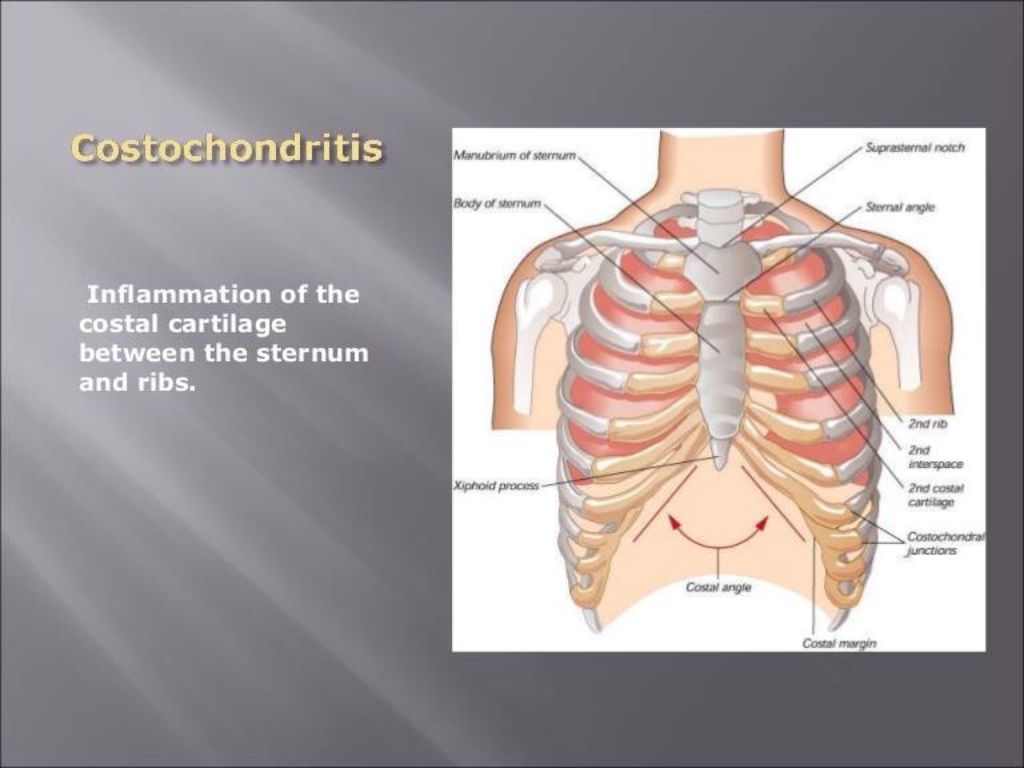 You should contact your doctor immediately if: 1
You should contact your doctor immediately if: 1
- You experience sudden chest pain that persists for more than 15 minutes
- The pain spreads to your arms, back, neck, or jaw
- The pain makes your chest feel tight or heavy
- You experience shortness of breath.
How can costochondritis due to COVID-19 be treated?
Costochondritis is a benign condition and typically goes away on its own after some time, although the pain can also come back after a period of feeling better.
If the pain is uncomfortable, there are several treatment options that may provide relief. 15
- Painkillers: If you are experiencing discomfort, over-the-counter painkillers like acetaminophen can help alleviate the pain.
- NSAIDs: Non steroidal anti-inflammatory drugs (NSAIDs) like aspirin, naproxen, or ibuprofen can also help reduce inflammation and relieve pain.
 Your doctor may prescribe NSAIDs as a topical cream or gel that can be applied directly to the affected area.
Your doctor may prescribe NSAIDs as a topical cream or gel that can be applied directly to the affected area. - Local anesthetic or steroid injection. In more severe cases, your doctor may recommend a local anesthetic or steroid injection to reduce inflammation and relieve pain. This treatment involves injecting medication directly into the affected area to provide quick relief.
- Rest. As you’re healing, you should avoid any activities that may worsen your condition.
By combining pain management strategies with rest, you can effectively manage your costochondritis symptoms and speed up the healing process.
Wrapping up
Costochondritis may be caused by COVID-19 in some cases, as persistent coughing and inflammation due to the virus may cause the joints between the rib cartilage and the breastbone to become inflamed. Costochondritis usually goes away on its own. If the pain does persist, then there are various treatment options with medication or injections to reduce the inflammation.
FAQs
Q: Can you still get costochondritis if you took the COVID vaccine?
A: Although the vaccine helps your immune system fight the infection with the coronavirus, it’s still possible to have symptoms such as coughing, which may lead to costochondritis.
Q: Does COVID give you costochondritis?
In some cases, COVID-19 may cause costochondritis as the persistent coughing and inflammation associated with the virus can lead to inflammation of the joints between the rib cartilage and breastbone.
Q: Does COVID cause sternum pain?
Breastbone pain is a common symptom of costochondritis, which can be caused by COVID. Many people with this condition experience tenderness and pain in the sternum area. The pain may be sharp or dull, and it may worsen with movement, deep breathing, or coughing.
Q: What does long COVID chest pain feel like?
Long COVID chest pain can vary in intensity and may be described in different ways by different individuals. Some people may experience a sharp or stabbing pain in the chest, while others may describe the pain as a dull ache or pressure in the chest. The pain may also be intermittent or constant and may be accompanied by other symptoms such as shortness of breath, fatigue, and palpitations.
Some people may experience a sharp or stabbing pain in the chest, while others may describe the pain as a dull ache or pressure in the chest. The pain may also be intermittent or constant and may be accompanied by other symptoms such as shortness of breath, fatigue, and palpitations.
Q: How long does viral costochondritis last?
Costochondritis from COVID can improve within a few weeks, but it can also persist for several months or longer. While the condition typically does not result in any permanent issues, it can recur intermittently.
NHS (2022). Costochondritis. Accessed on 16 September 2022.
Schumann J. et al. (2022). Costochondritis. Accessed on 16 September 2022.
British medical journal (2022). Costochondritis. Accessed on 12 October 2022.
Tan C. et al. (2022). Tietze’s syndrome post-COVID-19 infection in an adult patient. Accessed on 16 September 2022.
Collins R. et al. (2022).
 Severe post-COVID-19 costochondritis in children. Accessed on 16 September 2022.
Severe post-COVID-19 costochondritis in children. Accessed on 16 September 2022.NHS (2020). Chest pain. Accessed on 12 October 2022.
Costal chondritis (Tietze’s syndrome) | Clinic Hello!
How to diagnose the disorder
It is quite difficult to see Tietze’s syndrome in the photo, just as difficult to diagnose when viewed without palpation. The destruction of the costal cartilage is diagnosed on the basis of the patient’s complaints, palpation, a series of studies (ultrasound, CT, MRI), blood tests. Some types of diagnostics can exclude heart disease and malignant neoplasms.
MRI and biopsy are indicated in cases where it is difficult to make an accurate diagnosis. These methods allow you to exclude the likelihood of malignant tumors. It is also important to distinguish this problem from various rheumatic disorders, intercostal neuralgia.
With Tietze’s syndrome, the patient complains of pain in the chest, next to the sternum. Often, pain is found on one side of the sternum. Pain can be sharp or growing. The pain syndrome lasts for a long time, sometimes for hours. This disease differs from disorders of the cardiac system. The costal cartilages next to the sternum are swollen on examination.
Often, pain is found on one side of the sternum. Pain can be sharp or growing. The pain syndrome lasts for a long time, sometimes for hours. This disease differs from disorders of the cardiac system. The costal cartilages next to the sternum are swollen on examination.
The disease usually affects 1-2 ribs, rarely 3-4. As a rule, the affected cartilages are located on one side of the chest. Floating ribs are not affected by the syndrome – they are not fixed on the sternum. If the pain is not in front, but in the back, then this is not Tietze’s syndrome, but another disease. Which one, you can only find out as a result of a medical examination.
Treatment without hospitalization
To start treatment, you need to be examined by an orthopedic traumatologist. The specialist will accurately diagnose and prescribe therapy. In most cases, we are talking about conservative treatment. The patient does not need to be afraid that he will be admitted to the hospital and will undergo surgical procedures. Treatment takes place on an outpatient basis, at home. For therapy use:
Treatment takes place on an outpatient basis, at home. For therapy use:
- gels;
- ointments;
- non-steroidal anti-inflammatory drugs;
- compresses;
- painkillers (for severe pain).
If this does not help, they may give injections of novocaine and hydrocortisone directly into the affected area. This should help recovery. As an additional means, physio- and reflexotherapy, manual effects are prescribed.
Usually the cartilage layer is restored, especially if the patient refrains from physical activity, takes vitamin complexes, eats properly. In order to control the condition of the cartilage tissue, it is necessary to regularly visit a doctor and be observed by him. Treatment of the spine and joints requires much more time than Tietze’s syndrome.
However, in some cases, conservative therapy is powerless. In this case, if the drugs did not help, a subperiosteal resection of the rib is prescribed.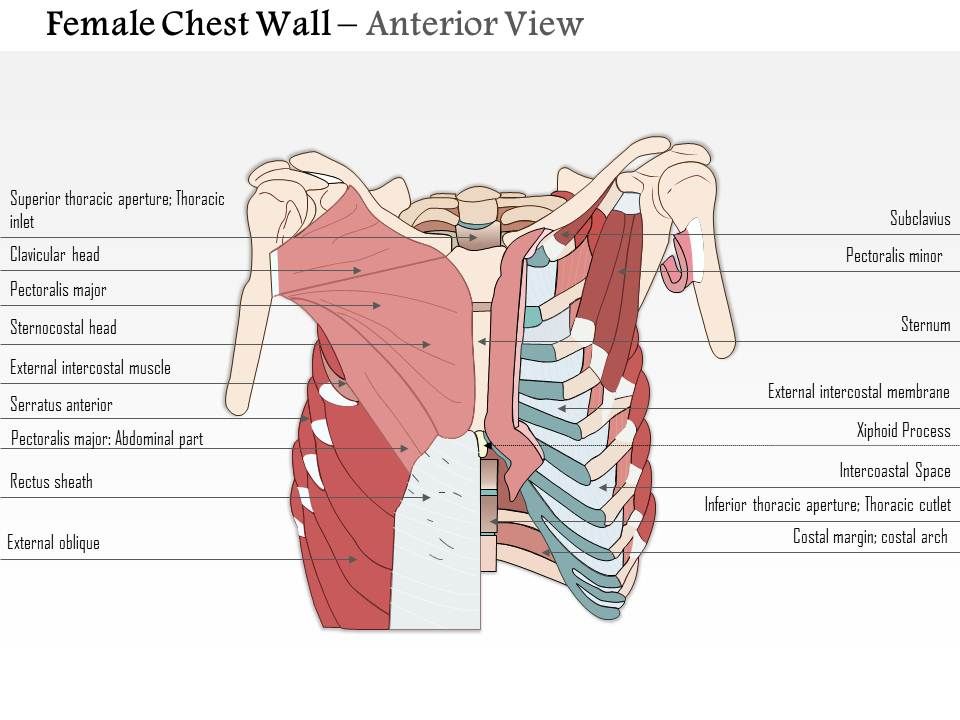 The procedure is carried out under anesthesia. It is important to note that such situations are indeed very rare.
The procedure is carried out under anesthesia. It is important to note that such situations are indeed very rare.
How to avoid the disease
For successful prevention, it is important to consider that drug addicts, athletes, people after a thoracotomy (opening the chest cavity through the chest wall), as well as everyone who is engaged in heavy physical labor (for example, , porters). Also, the risk increases with chronic and regular injuries of the shoulders and chest, constant stress on this area, metabolic disorders, age-related and hormonal changes.
The problem of prevention is that the exact cause of this disease is unknown. It is recommended to consider all possible causes of its development. It is necessary to avoid serious loads that injure the chest, exercise moderately. People engaged in heavy physical labor will remain at risk until they find another occupation.
It is recommended to pay special attention to the diet. Nutrition should be complete, the body should receive all the necessary vitamins and minerals. It is better to buy high-quality mineral and vitamin complexes. It is imperative to strengthen the immune system, the weakening of which is also associated with the development of Tietze’s syndrome.
It is better to buy high-quality mineral and vitamin complexes. It is imperative to strengthen the immune system, the weakening of which is also associated with the development of Tietze’s syndrome.
Physiotherapy can be done from time to time. After injuries, such additional methods of treatment are definitely recommended – do not neglect them. This is an excellent disease prevention.
If there is pain in the sternum, swelling, feeling of a sliding rib, you should see a doctor as soon as possible. In the early stages, the disease is guaranteed to be cured with the help of conservative therapy. Don’t expect everything to go away on its own. It’s possible, but it’s not worth the risk.
Costal chondritis (Tietze’s syndrome), causes, symptoms and treatment
Costal chondritis (Tietze’s syndrome), causes, symptoms and treatment | Diseases of the musculoskeletal system
PROMOTION! 15% discount on ultrasound
More
home
Diseases
Musculoskeletal system
Costal chondritis (Tietze’s syndrome)
Costal chondritis or Tietze’s syndrome is an inflammation of the costal cartilage, which is characterized by local pain in the chest, aggravated by palpation.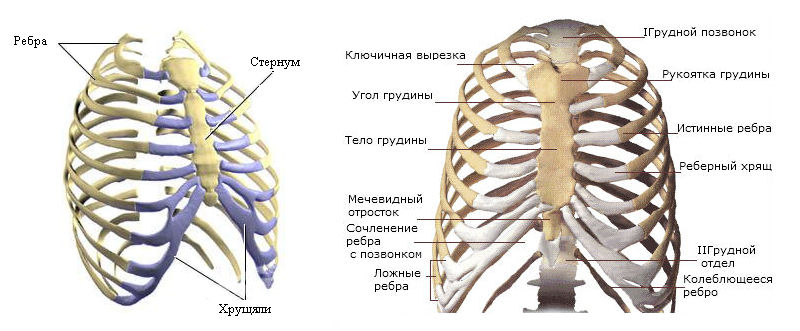 Most often, the disease occurs in children aged 12-14 years. It is considered harmless and usually does not require serious treatment. Costal chondritis in adults occurs at the age of 20-40 years and can be a sign of various diseases, therefore, if pain occurs in the sternum, you should consult a doctor and undergo an examination. Tietze’s syndrome is treated by an orthopedist and a traumatologist.
Most often, the disease occurs in children aged 12-14 years. It is considered harmless and usually does not require serious treatment. Costal chondritis in adults occurs at the age of 20-40 years and can be a sign of various diseases, therefore, if pain occurs in the sternum, you should consult a doctor and undergo an examination. Tietze’s syndrome is treated by an orthopedist and a traumatologist.
Share:
Symptoms of costal chondritis
Costal chondritis is accompanied by the following symptoms:
- acute pain syndrome in the left side of the chest swelling over the affected rib
- radiating pain in the scapular region, cervical region, collarbone and arm
- respiratory failure
When a secondary infection joins, the inflammatory process aggravates, while the pain bothers the patient for several months or years.
Tietze syndrome pain can be sharp, dull, or aching in nature. By intensity, it is divided into tolerant and pronounced. Pain may occur rarely or disturb a person constantly for many years. In this case, periods of remissions and exacerbations are possible. The general well-being of the patient during the period of exacerbation does not suffer, but because of the pain syndrome, he becomes irritable.
Pain may occur rarely or disturb a person constantly for many years. In this case, periods of remissions and exacerbations are possible. The general well-being of the patient during the period of exacerbation does not suffer, but because of the pain syndrome, he becomes irritable.
Article checked
Konovalova G. N.
Neurologist • experience 44 years
Date of publication: 24 March 2021
Date of inspection: 09 February 2023
Contents of the article
Causes
Diagnosis
The doctor examines the attachment points of the ribs to the chest not. To detect costal chondritis, a chest x-ray is prescribed. In the picture, the doctor checks the shape of the rib, its hyperplasia, the presence of asymmetric areas of calcification and seals. To exclude diseases of the heart and respiratory system, laboratory tests, electrocardiography, computed tomography and MRI, biopsy to examine tissues under a microscope and exclude malignant lesions are additionally required.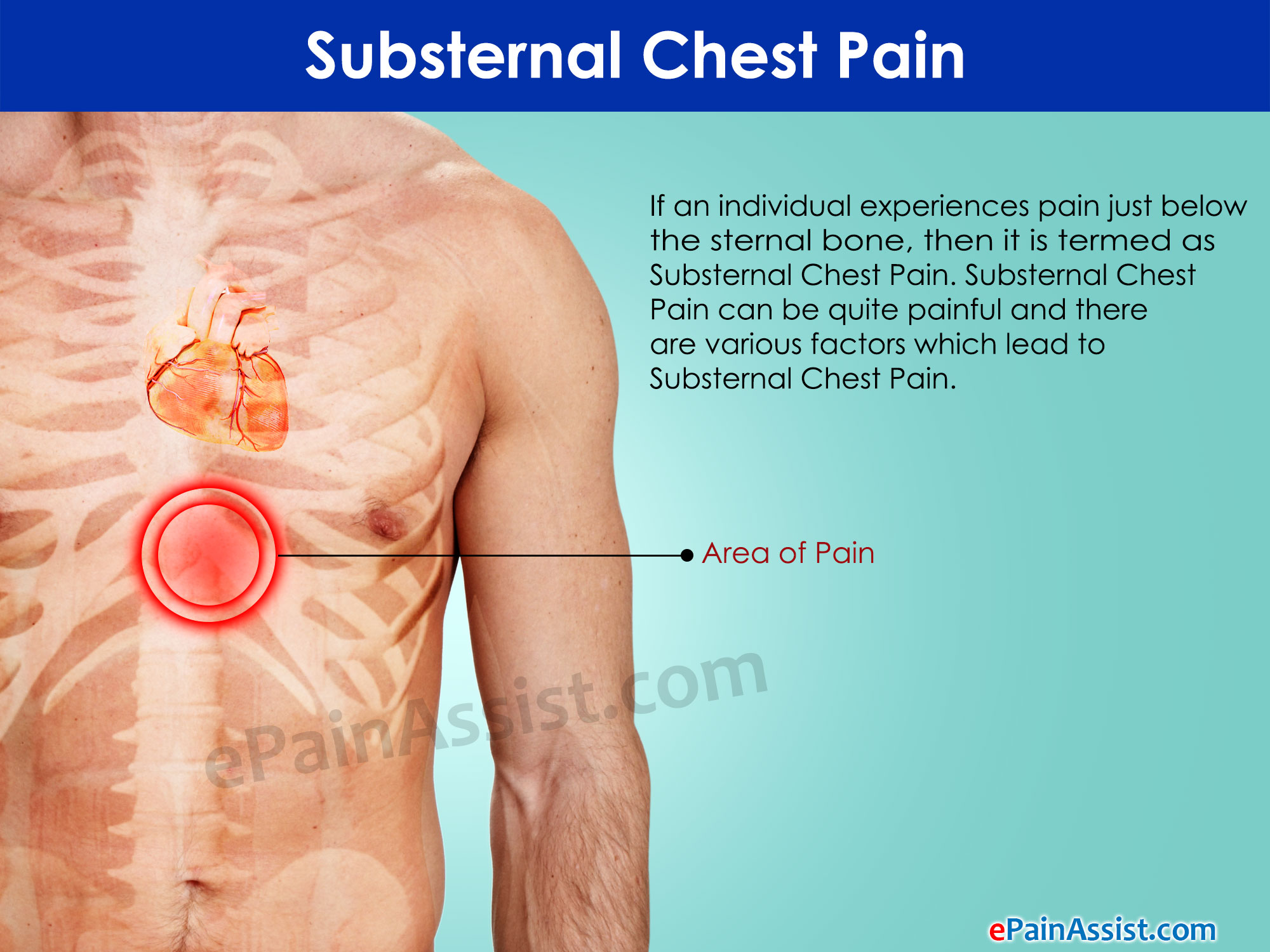 They allow you to visualize in detail the initial stages of pathologies.
They allow you to visualize in detail the initial stages of pathologies.
Which doctor to contact
Candidate of Medical Sciences
Chief Physician of CMRT St. Petersburg
Candidate of Medical Sciences
Chief Physician of CMRT Moscow
Treatment of costal chondritis
Complications
Prevention of costal chondritis
Article checked
Moskaleva V.V.
Editor • Journalist • Experience 10 years
We publish only verified information
The materials posted on the site are written by authors with medical education and specialists from CMRT
Read more
Did you like the article?
Subscribe so you don’t miss the next one and get a unique gift from CMDT.
By clicking on the button, I accept the agreement for the processing of my data.
round-the-clock appointment by ph.
+7 (812) 748-59-05
Sign up for CMRT
Do you need a preliminary consultation? Leave your details, we will call you back and answer all
questions
The information on the site is for guidance only, please consult your doctor
The site is for informational purposes and is not a public offer.
Specify the cost of services, their availability and detailed characteristics with representatives of the CMRT using the funds
links indicated on the Site
Your application has been sent,
our operator will call you back
Callback request
We will call you back and answer all your questions
Your name
phone
By clicking on the button, I accept the agreement for the processing of my data
Make an appointment
Make an appointment for a service or an appointment with a doctor. The operator will contact you within two minutes.
Your name
phone
By clicking on the button, I accept the agreement for the processing of my data
Ask a question to a specialist
Your name
phone
Your question
Send a reply to e-mail
Publish anonymously
By clicking on the button, I accept the agreement for the processing of my data.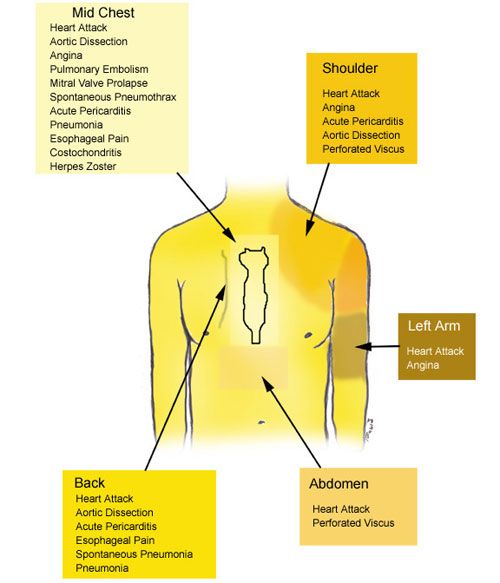


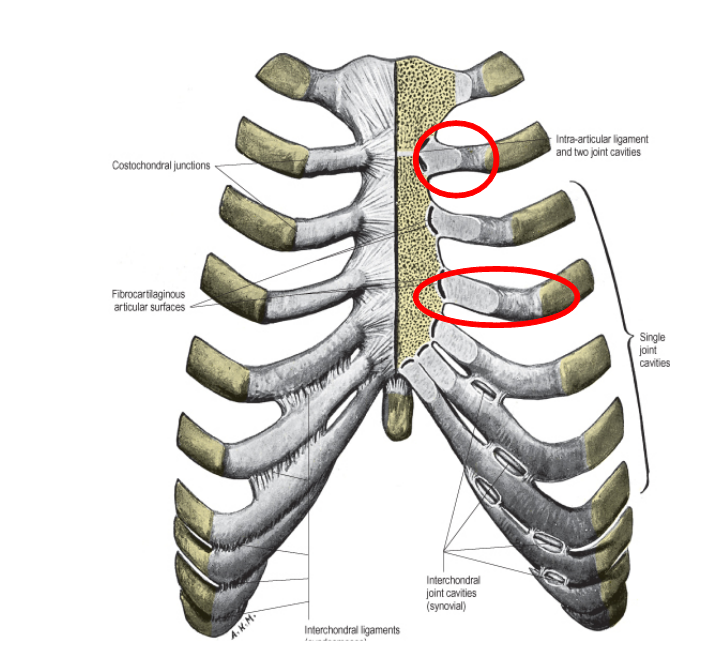
 Your doctor may prescribe NSAIDs as a topical cream or gel that can be applied directly to the affected area.
Your doctor may prescribe NSAIDs as a topical cream or gel that can be applied directly to the affected area. Severe post-COVID-19 costochondritis in children. Accessed on 16 September 2022.
Severe post-COVID-19 costochondritis in children. Accessed on 16 September 2022.